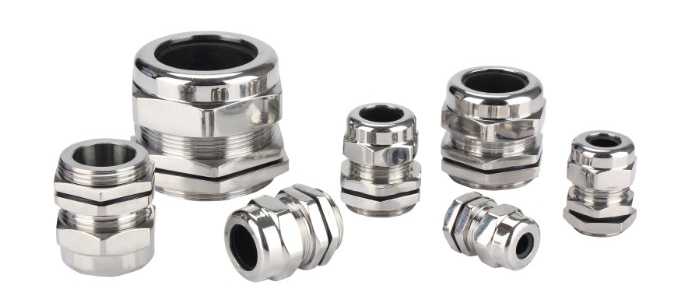What are Cable Glands?
Cable glands, also known as cable connectors or cord grips, are mechanical devices that secure and seal cables entering an enclosure or electrical apparatus. They are designed to provide strain relief, prevent cable pullouts, and maintain environmental protection. Cable glands are available in various materials, including metal and plastic, and come in different sizes to accommodate cable diameters.
Cable Gland Manufacturers in India provide an extensive range of products to accommodate different cable types, sizes, and environmental requirements. They offer cable glands made from various materials such as brass, stainless steel, aluminum, and plastic.
The primary function of a cable gland is to establish a secure connection between the cable and the equipment it is connected to. Creating a tight seal around the cable prevents the entry of moisture, dust, and other contaminants, which could potentially damage the cable or the connected equipment. Additionally, cable glands relieve the strain by absorbing the tension or pulling forces exerted on the cable, reducing the risk of cable damage due to excessive stress.
Cable glands are commonly used in various industries, including electrical, telecommunications, manufacturing, and automation. They find applications in various settings, such as power distribution systems, control panels, data centers, and outdoor installations. Cable glands ensure the integrity and reliability of cable connections, making them an essential component of any cable management system.
Benefits of Using Cable Glands
Using cable glands offers several significant benefits for cable management and overall system performance. Firstly, cable glands provide a reliable and secure connection, minimizing the chances of accidental disconnections or cable pullouts. This is particularly crucial in environments with vibrations, movement, or harsh conditions, where cables can be jostled or subjected to mechanical stress.
Furthermore, cable glands contribute to the safety of cable installations. By sealing the entry point of cables, they prevent the ingress of moisture, dirt, or gases, which could lead to short circuits, corrosion, or other electrical hazards. This is especially important in outdoor or industrial environments where cables are exposed to elements or hazardous substances.
Another advantage of cable glands is their flexibility and adaptability to different cable sizes and types. With a wide range of cable gland options, it is possible to accommodate cables of various diameters and configurations. This versatility makes cable glands suitable for diverse applications and ensures compatibility with different cable management systems.





Comments